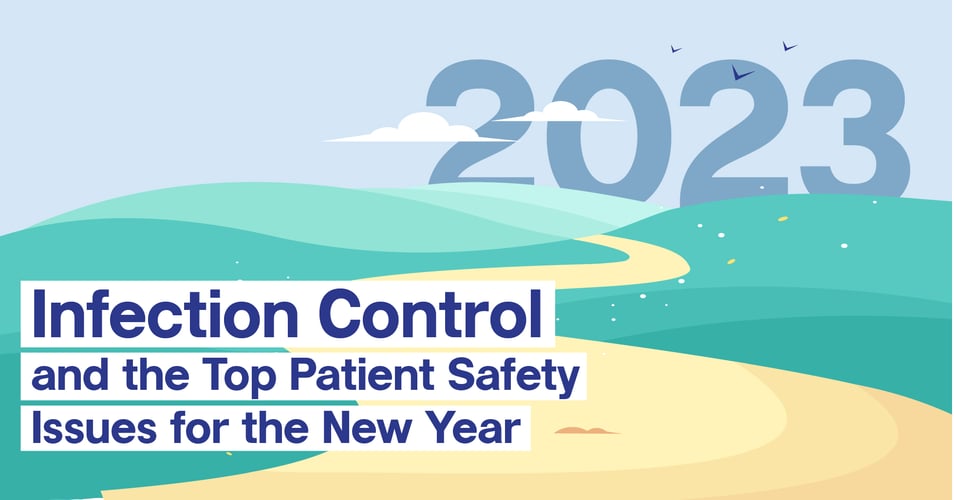Post-COVID: What goes back to normal? What stays the same? What changes for the future?


As the United States approaches 50% full vaccination rate, businesses are reopening and a return to pre-pandemic life seems within grasp. As we begin to recover from the impact of a year of isolation, social distancing, and the stress of a global public health crisis, which of these changes are we most eager to see return to normal? What habits and protocols do we think should stick around? And finally, what changes must be made before we encounter our next global pandemic? In this series, we will explore each of these categories as we enter a post-pandemic world.
Part 1: Back to Normal
There are so many aspects of life that we are eager to return to pre-pandemic normalcy, so we will focus just on those directly related to healthcare. One of the most critical aspects of medical care that we are eager to see return to normal is in-person care of patients - face-to-face interactions between individuals and their medical caregivers from office visits to hospital rooms. Many folks delayed medical care out of fear of being exposed to SARS-CoV-2, or were limited to virtual medical appointments that may have interfered with quality care.
Even patients in hospitals felt this distance; nurses and physicians made fewer in-person patient checks during the height of COVID in order to decrease their exposure (and with reason). Getting back into the room to make visual checks on patients will allow healthcare workers to monitor patients for physical and mental symptoms sooner, leading to better health outcomes. This patient contact is also psychologically beneficial to the patient, which leads to better healing as well.
Another healthcare practice that had to take the back seat during the pandemic is surveillance of healthcare associated infections. During the height of the pandemic, the national tracking of healthcare associated infections was paused to allow hospitals and facilities to concentrate on the pressing needs of the rising COVID-19 cases. This was a necessary decision, but without surveillance, there is no way for hospitals and facilities to continue making the pre-pandemic process on reducing healthcare associated infections such as MRSA, C. difficile and CRE.
A return to preventative care and elective procedures will bring back not only better health outcomes, but also financial outcomes for hospitals and facilities. Preventative care for chronic conditions will help patients avoid dangerous and costly procedures down the line, while scheduling elective procedures helps patients with quality of life while helping sustain facilities' bottom line. For hospitals to provide quality care, they need to be financially solvent, which depends a great deal on these elective procedures that were delayed or canceled during the height of the pandemic.
Added to these important healthcare issues are the myriad aspects of social life that will have impact on health and, let's face it, sanity. Schools reopening allow parents to return to work, often a family's only access to healthcare coverage. All of us getting back out and eating at restaurants, taking trips, going to stores and other investments in our local economies also can lead to better heath outcomes for our communities, with more jobs available, more revenue for the city and state, and more recreational activities that help us get out and stay healthy.
A return to normalcy definitely sounds wonderful after a year of pandemic living. In our next posts, we'll explore some of the changes that might make sense to keep around for a bit longer. Stay tuned!






